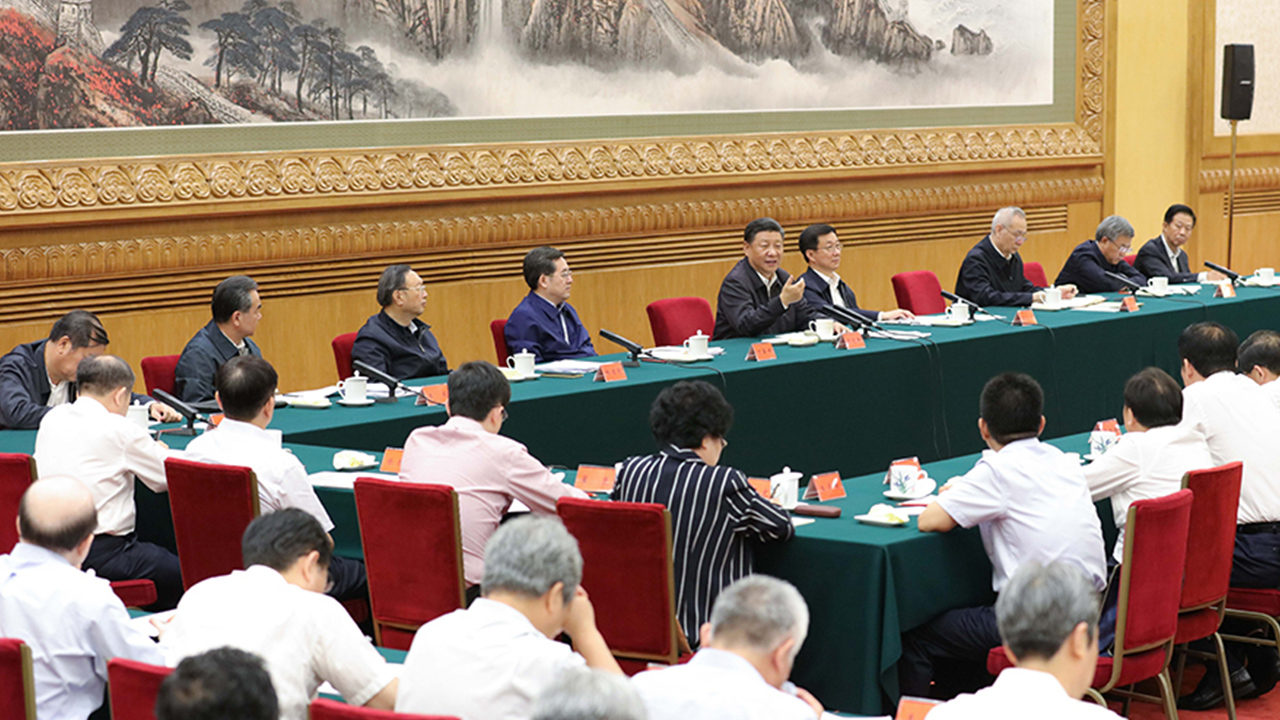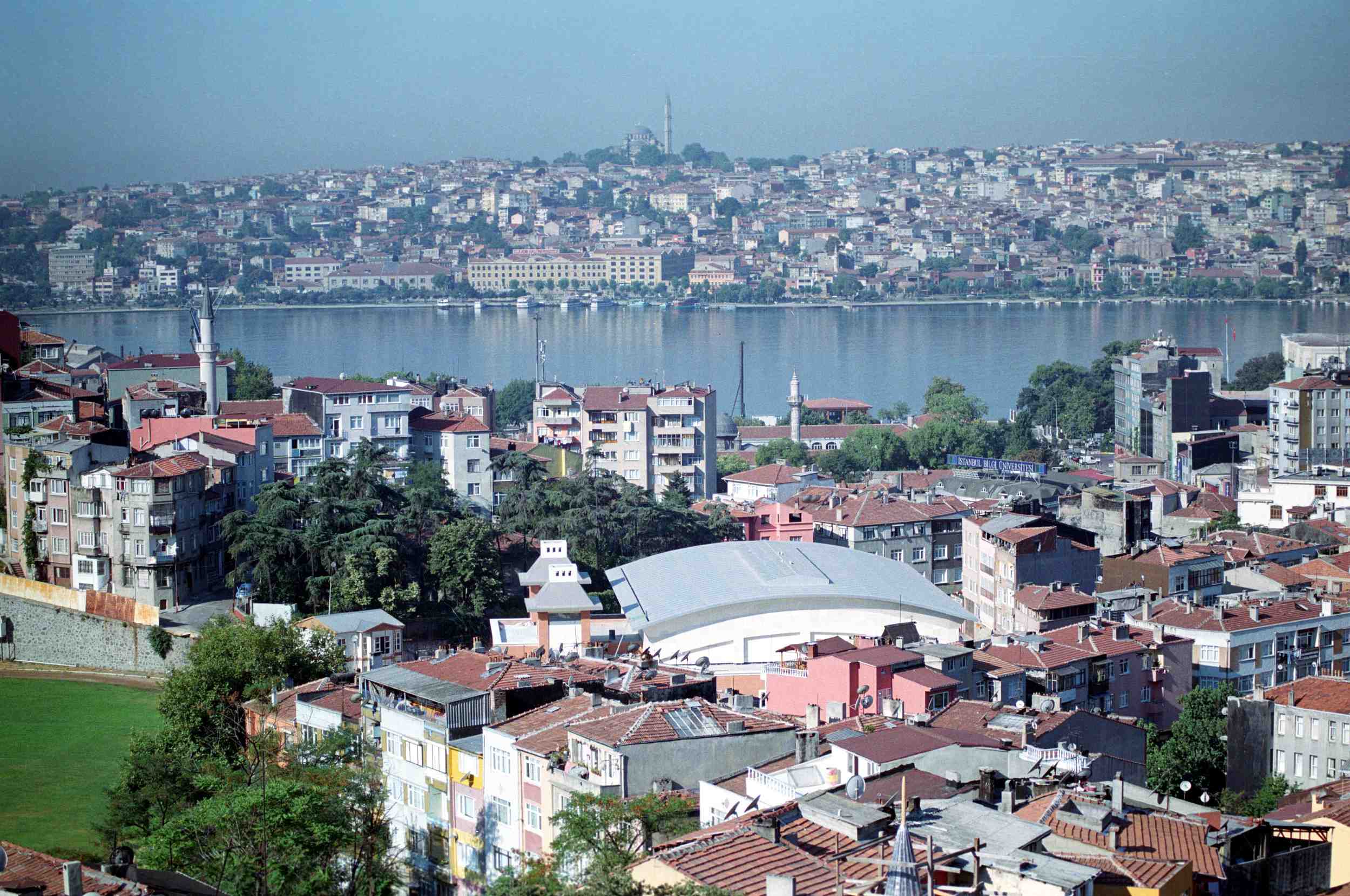
Opinions
22:18, 27-Aug-2018
Belt and Road five years on: From a rough sketch to an intricate painting
Updated
21:35, 30-Aug-2018
By CGTN's Wang Xiaonan

Editor's note: The article is based on an interview with Zhao Minghao, a senior research fellow with the Charhar Institute and an adjunct fellow at the Chongyang Institute for Financial Studies under Renmin University of China.
China's Belt and Road Initiative (BRI) is celebrating its fifth anniversary amid once-in-a-century changes on the international landscape. Over the past five years, China has witnessed a narrowing gap with most Western countries, thriving to be the Asian powerhouse amid a wide spectrum of prosperity across emerging economies.
But the mood of the international community is austere, from rampant turmoil in the Middle East, the sluggish economy in much of Europe in the post-financial crisis era, unilateralism raging in the US – the very advocate of globalization, a surge of populism blighting a multitude of European nations, to the latest trade war between the world’s two economic heavy hitters. The vicissitudes have posed a grim challenge to global governance.
The BRI is crucial to present-day global development and governance. Against the backdrop of drastic changes, China is supposed to join hands with other countries to forge new partnerships in trade, investment and innovation as the 4th Industrial Revolution approaches.

Chinese President Xi Jinping speaks at an anniversary symposium on the Belt and Road Initiative, in the Great Hall of the People in Beijing, August 27, 2018. /Xinhua Photo
Chinese President Xi Jinping speaks at an anniversary symposium on the Belt and Road Initiative, in the Great Hall of the People in Beijing, August 27, 2018. /Xinhua Photo
In the next stage, this work of fine art will develop from the contours of a rough sketch to an intricate painting that will be more precise, targeted, and detail-oriented, as Chinese President Xi Jinping mentioned in his keynote speech Monday on the fifth anniversary of the BRI. “The gorgeous transition marks the core vision of the initiative in the coming years,” said Zhao Minghao, a senior research fellow with the Charhar Institute.
Work is already on the fly to pave the way for the transformation, as the Initiative is being fleshed out not just based on ongoing investments in the infrastructure of countries involved but through the building of institutions that will develop those economies.
To do so, the International Monetary Fund (IMF) chief Christine Lagarde announced the launch of the China-IMF Capacity Development Center in April, aimed at nurturing human capital and modernizing economic institutions in those regions.
Moreover, the BRI has grown in breadth to encompass cooperation with diverse parties, Zhao told CGTN. In Thailand, China and Japan are working together to build an economic corridor along the eastern coast in one of the first joint projects for the world’s second and third biggest economies to cooperate in third countries under the BRI. Meanwhile, the US conglomerate General Electric has already established an energy infrastructure investment platform with the Silk Road Fund, which finances the BRI.

Thailand's eastern coast /VCG Photo
Thailand's eastern coast /VCG Photo
There's room for growth even in existing projects, as shown by Malaysian Prime Minister Mahathir Mohamad's agreement to renegotiate the BRI during his visit to China. A rewritten pact, based on more consensuses from both sides, will contribute to greater sustainability.
An intricate painting must strike a balance between the "hard" and the "soft." For the past five years, China has helped build numerous highways, railroads and bridges across barren land from Central Asia to the African continent, providing opportune assistance to locals. Nonetheless, it has yet to ratchet up exchanges in the "soft" infrastructure of building sustainable institutions.
Cooperation with countries and regions along the Belt and Road in culture, sports, tourism, education, health and even archaeology, as President Xi said in the speech, is of ultimate significance to people's well-being, especially when globalization is at a turning point.
Soft infrastructure is key to integration of different economies and fusion of civilizations in an age of fluctuating geopolitical tensions.
The BRI will, as always, be committed to bringing different countries, cultures and peoples closer under a community with shared future for mankind. Still in its nascent stage, it will paint a rosy picture of an orderly, sustained international system with every delicate stroke.

SITEMAP
Copyright © 2018 CGTN. Beijing ICP prepared NO.16065310-3
Copyright © 2018 CGTN. Beijing ICP prepared NO.16065310-3